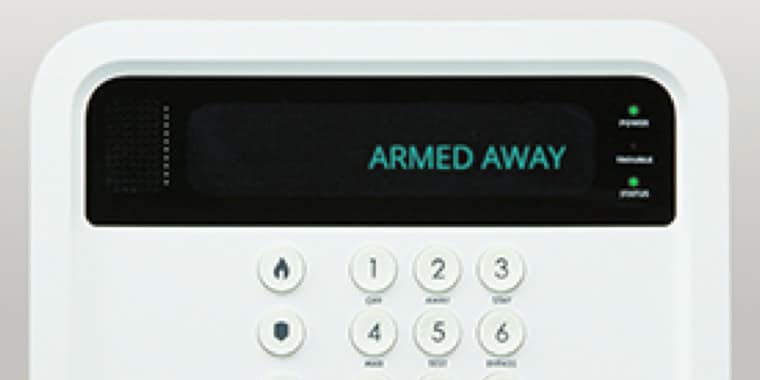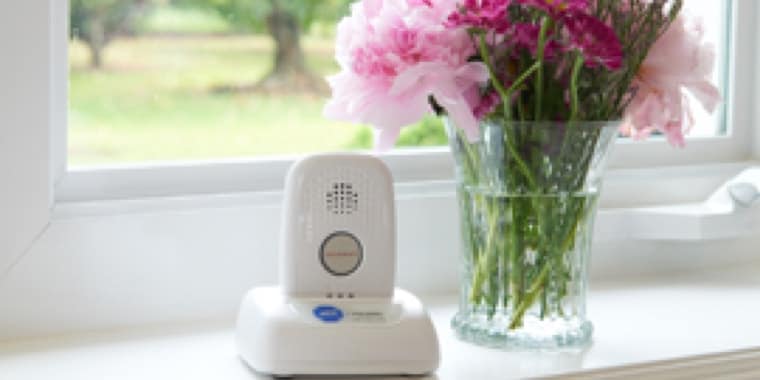Tips to Get the Most of Your Motion Sensors
Sometime, motion sensors can feel like they never work correctly. False alarms, no alarm, or other mishaps with motions sensors give them a bad reputation in the home security world. But often, there are many things you can do to ensure they work appropriately.
Motion sensors come in many forms—lights, alarms, and cameras—and each of these has their own unique features to help guard your home. They are the do-it-all device that gives users the ultimate control over their property. You can make the most of your motion sensors by understanding how they work and where they can work in your own home.
How Motion Sensors Work
A motion sensor’s primary purpose is to detect when someone uninvited is around or in your home. A motion sensor sends a signal to your security system and if tripped, an alert is sent to you and your monitoring center.
There are two main types of motion sensors used in the home: active motion and passive motion.
- Active motion—works by using sound waves and is typically used in automatic doors, like your garage door.
- Passive motion—uses passive infrared to detect emitted infrared energy or heat. This is the most common type of motion sensor in residential homes.
The Ideal Placement
Placement is a large part of the successful application for motion sensors. They work best when placed high up to cover a large amount of area. It might seem obvious to place motion sensors near a door or window, but this placement can block their range, and any action in front of the sensor only shows slight alterations in infrared energy over time. They also function by detecting a fluctuation in heat, so a sunny window or near a heating element won’t make sense for their placement.
The best placement for a motion sensor is in a corner of the room that has a good viewpoint of your entryways and easily detect any changes in the room.
Preventing False Alarms
False alarms are one of the main drawbacks of motion sensors, but there are ways to prevent it. Preventing false alarms relies mostly on placement, but also upkeep. Most new systems ignore anything under 2.5 feet or 85 pounds. A few things to keep in mind when deciding on placement of motion sensors in your home:
- Pets
- Curtains or plants blown by air conditioning or heaters
- Low batteries
- Ceiling fans
- Objects moving near motion sensors
Best Uses for Motion Sensors
In addition to the obvious use for motion sensors, they also offer some other functions outside of detecting burglars:
- Alert you if your kids come home late
- Automatically ring the doorbell when someone approaches the front door
- Save energy by using motion sensor lighting in unoccupied spaces
- Notify you if pets get loose or are in rooms where they aren’t supposed to be





